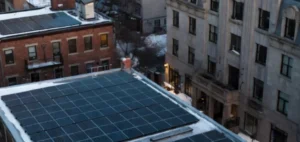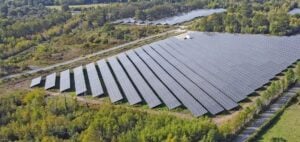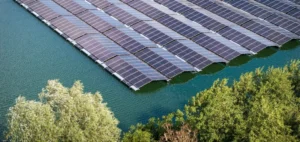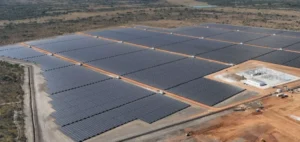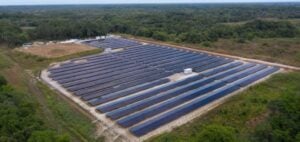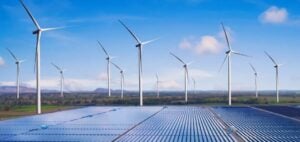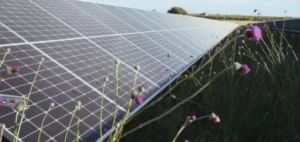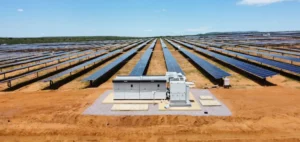he World Bank, Abu Dhabi’s Masdar Corporation and the Government of Uzbekistan have signed a financial agreement for a 250 megawatt (MW) photovoltaic solar power plant incorporating a 63 MW BESS. The project aims to provide clean, reliable electricity to around 75,000 households. It marks the firstrenewable energy projectin Central Asia with an integrated BESS component, improving the efficiency and flexibility of the power system and enhancing security of supply.
Financing and partners
The financing includes a $53 million loan from IFC (International Finance Corporation) and loans totalling $106 million from ADB (Asian Development Bank), FMO (Netherlands Bank for Entrepreneurial Development) and JICA (Netherlands Bank for Entrepreneurial Development). IFC will also provide interest rate swaps to manage risk. The World Bank will provide a $12 million guarantee to support the government’s payment obligations.
Environmental objectives
The project, located in the Alat district of the Bukhara region, is expected to reduce CO2 emissions by more than 327,000 metric tons per year by generating more than 585 gigawatt-hours of renewable energy per year. Uzbekistan is striving to increase renewable energy production to 25 GW, or 40% of the country’s total electricity consumption, by 2030. The project contributes to the country’s clean energy transition and decarbonization.
Innovation and energy security
This innovative project with its BESS component will not only increase the uptake of renewable energies, but also help stabilize existing power grids.
Wiebke Schloemer, IFC Director for Turkey and Central Asia, said, “Our growing partnership with Uzbekistan brings clean, sustainable energy to the population at competitive prices.”
Impact and outlook
The project is being implemented by Masdar-owned Nur Bukhara Solar PV LLC FE, which is responsible for its development, financing, construction, operation and maintenance. The electricity will be sold to the Uzbek national grid under a 25-year power purchase agreement. Marco Mantovanelli, World Bank Country Manager for Uzbekistan, underlined the importance of this project for Uzbekistan’s energy security through the use of innovative solutions.
This innovative solar project, backed by a strong international partnership, marks an important milestone in Uzbekistan’s efforts to achieve its energy transition goals. By integrating advanced solutions and attracting private sector investment, the country is positioning itself as a regional leader in the development of renewable energies.



